Projects:
FIELDS
Near-Infrared Arrays
Cosmic Dawn Center and Survey
SPHEREx
CASTOR
Euclid
WFIRST
Frontier Fields and BUFFALO
ALPINE
COSMOS
VUDS
SEIP and SAFIRES
This page summarizes some of the major projects I have been involved with during my career.
FIELDS: Fellowships and Internships in Extremely Large Data Sets
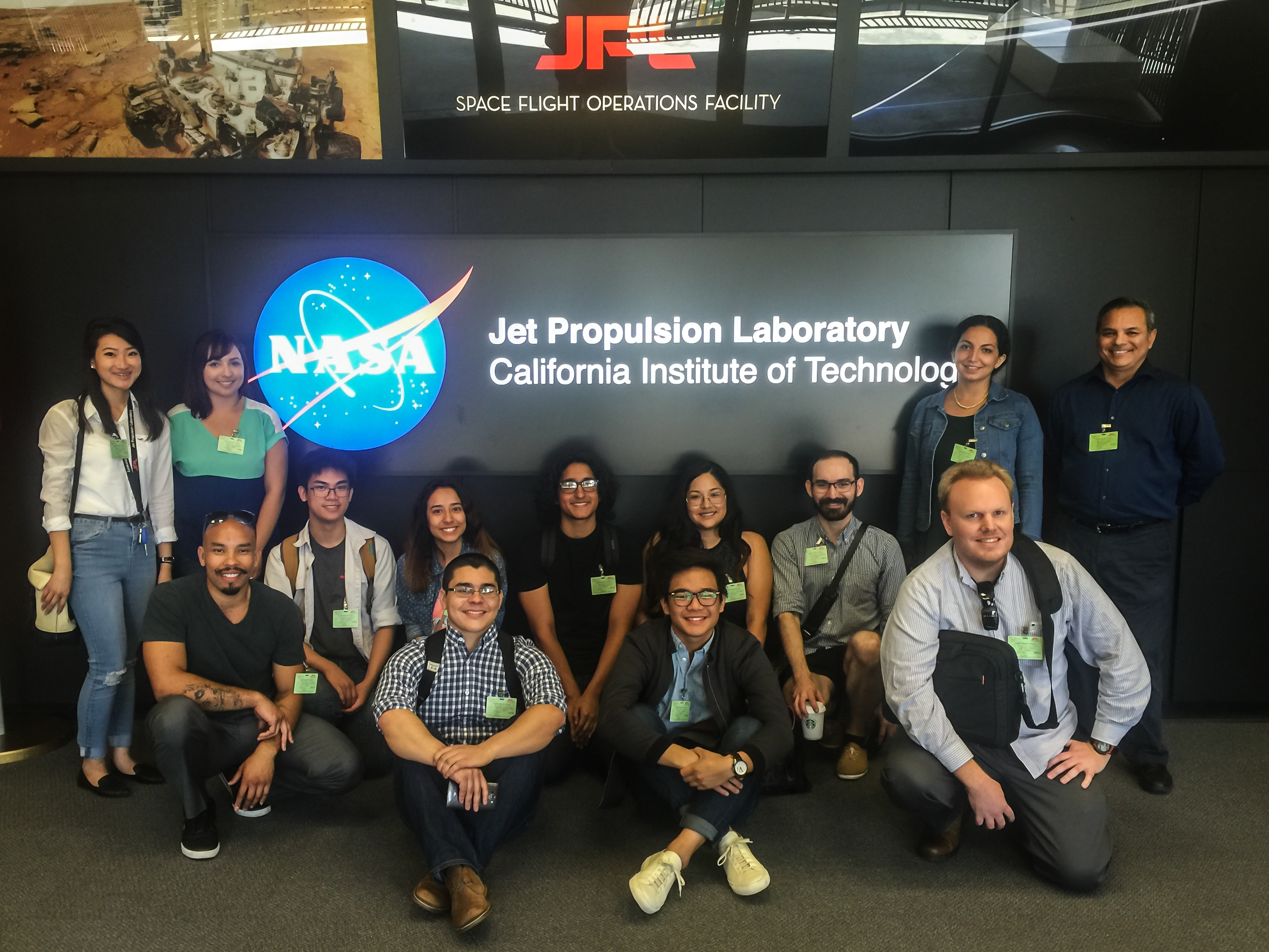
Based at University of California, Riverside (UCR), the FIELDS program develops research, education, training, and collaborative opportunities in big data and visualization for students and scholars ranging from high school to postdoctoral levels. These include supporting high-school students to attend summer-session STEM courses at UCR, providing undergraduates with summer internship opportunities at the NASA Jet Propulsion Laboratory (JPL), implementing an online Master-level Data Science course at UCR, offering fellowships to graduate students to conduct research involving large data sets, and recruiting postdoctoral scholars to work between UCR and JPL to strengthen collaborations. The collaboration among undergraduates, graduate students, and postdoctoral scholars has led to the development of the latest technology, including Virtual Reality, Machine Learning, and computer simulations, which could be beneficial for both education and research purposes. The FIELDS program also actively engages in public outreach, with multiple programs specifically designed to target Spanish-speaking audience. By organizing classroom visits, telescope viewings, science talks, and public exhibitions, the FIELDS program hopes to foster interest and improve science literacy of the public in the Riverside County.
I was a founding Co-Investigator on the Fellowships and Internships in Extremely Large Data Sets (FIELDS) program and acted as a mentor to several students in the program. The first grant was a five-year NASA program aimed at training underrepresented minority students in STEM fields.
Developing new Low-cost Near-Infrared Arrays
Near-Infrared (NIR) arrays have a wide range of applications from dark energy studies to depth sensors and hyper-spectral imaging used in autonomoy. Current near-infrared arrays are difficult to manufacture making them relatively small, expensive, and often results in devices with less than ideal cosmetic properties. I worked with the JPL microdevices lab and the University of Southern California (USC) to develop a new type of low-cost NIR array. We developed technology to directly grow III-V materials on wafers with CMOS readout electronics without damaging the circuitry. If successful, this will significantly reduce the cost of NIR arrays.
Cosmic Dawn Center and Survey
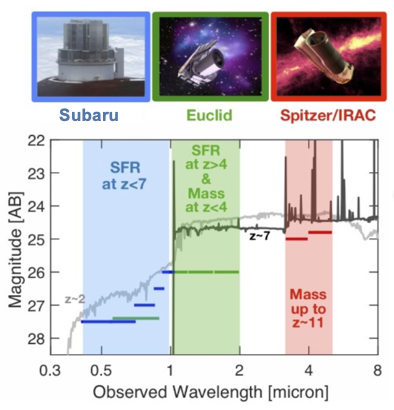
The Cosmic Dawn Center is located in Copenhagen, Denmark at the Niels Bohr Institute, University of Copenhagen, and at the Space division of the Technical University of Denmark (DTU-Space). The center is dedicated to uncovering how and when the first galaxies, stars and black holes formed, through observations with the prime telescopes of the next decade (ALMA, JWST, Euclid, E-ELT, HST) as well as through theory and simulations.
The Cosmic Dawn Survey is an effort aimed at collecting the data needed to answering the scientific questions targeted by the Cosmic Dawn Center. The survey combines data from many ambitions space and ground based surveys aimed at measuring the properties of Dark Matter and Dark Energy. As part of the Dawn Survey we are creating a system that will take an external list of galaxies and stars from a dark energy survey as input, then curate and photometer a wealth of Hyperspectral images in the NASA and ESA archives. This will be done using the science ready images in the archives and a priors-based photometry technique based on best practices. The system will be containerized and virtualized so that it can be connected to any existing pipeline and utilized by the community.
I was a co-PI on the proposal to the Danish National Science foundation that established 10 years of funding for the Cosmic Dawn center. I also led the development of the Cosmic Dawn survey and obtaind several million dollars in additional funding from NASA and international funding agencies to develop the survey.
SPHEREx
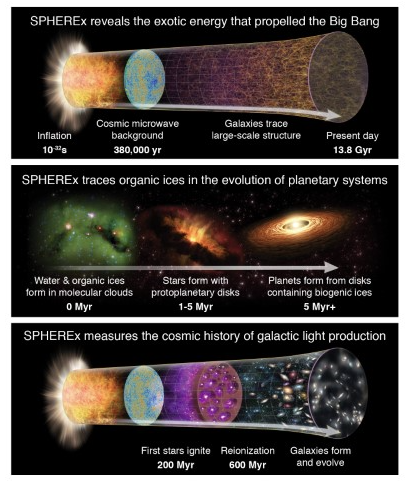
SPHEREx is a NASA Medium Explorer mission designed to constrain the physics of inflation by measuring its imprints on the three-dimensional large-scale distribution of matter, trace the history of galactic light production through a deep multi-band measurement of large-scale clustering, and investigate the abundance and composition of water and biogenic ices in the early phases of star and planetary disk formation. SPHEREx will obtain near-infrared 0.75-5.0 um spectra every 6" over the entire sky. It implements a simple instrument design with a single observing mode to map the entire sky four times during its nominal 25-month mission. SPHEREx will also have strong scientific synergies with other missions and observatories, resulting in a rich legacy archive of spectra that will bear on numerous scientific investigations.
I oversaw development of the SPHEREx simulation pipeline to guide the hardware choices during the SPHEREx design phase and was a leader in desining the data pipline architechture. I also developed the staffing profile and plan for the data processing pipeline and was involved in the early staffing process. I was science lead for the SPHEREx Science Center and the led data processing algorithm designer for the Cosmology science theme.
CASTOR: The Cosmological Advanced Survey Telescope for Optical and Ultraviolet Research
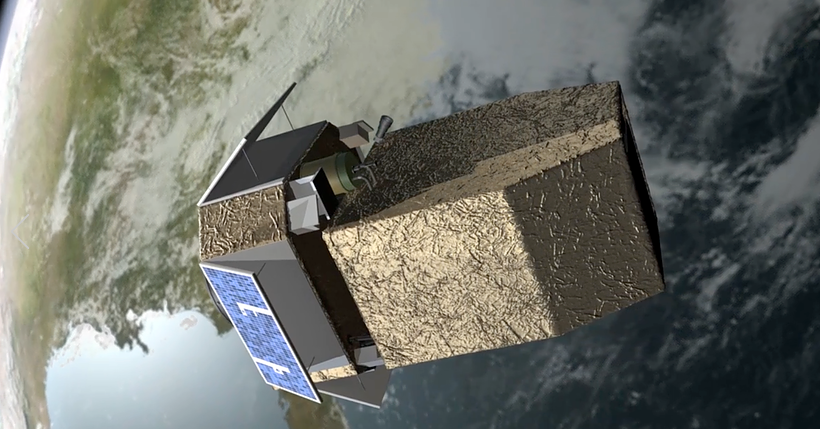
The Cosmological Advanced Survey Telescope for Optical and Ultraviolet Research (CASTOR) is a proposed Canadian Space Agency (CSA) mission that would image the skies at ultraviolet and blue-optical wavelength regions. Operating close to its diffraction limit (the best possible angular resolution achievable for a mirror of a given size), the 1m CASTOR telescope would have a spatial resolution similar to the Hubble Space Telescope (HST), but would cover a field of view about one hundred times larger.
Until 2020 I led the US CASTOR effort which included a science team focused on star formation, a hardware contribution of focal planes with UV sensitive CMOS arrays, and a software pipeline to process data from the detectors.
Euclid
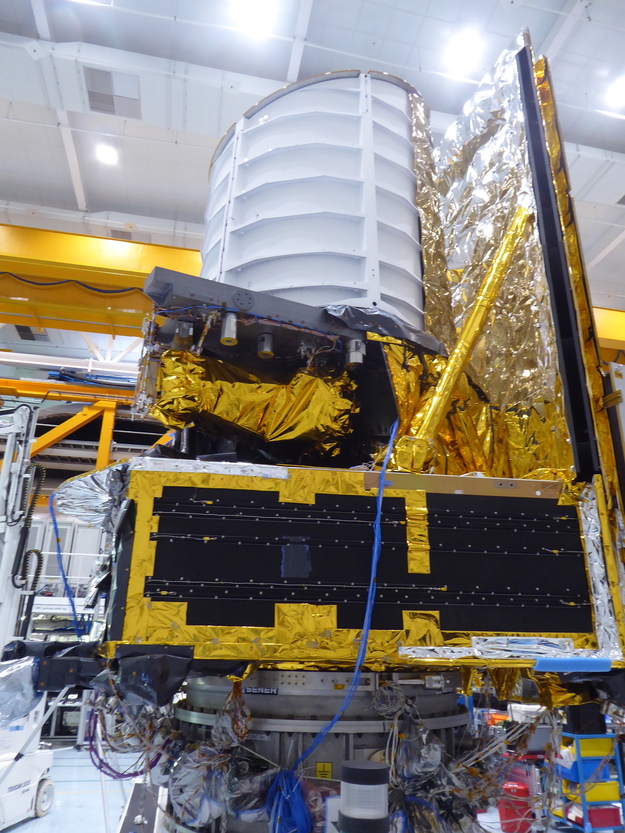
NASA Euclid Science Center
ESA Euclid Page
NASA Euclid Page
Euclid Science Consortia
Euclid is a European Space Agency (ESA) M-class mission to study the geometry and nature of the dark Universe. The Euclid mission has been optimized for the measurement of two primary probes sensitive to Dark Energy: Weak Gravitational Lensing and Galaxy Clustering, including both Baryonic Acoustic Oscillations and Redshift Space Distortions.
The data that Euclid will gather will enable additional constraints on Dark Energy (e.g., using galaxy clusters), and precise measurement of the initial conditions in the early Universe. Euclid data will find broad use across a wide range of ancillary science applications.
I led several key efforts within the Euclid consortia to develop and implement the experiment. For the US science center, I oversaw the systems engineering and software development for the US pipeline modules which were focused on system calibration and extraction of spectral information. I developed and implemented a management plan to ensure the technical interfaces between the hardware, software, calibration teams and customers which were located at 14 sites in 8 countries were properly managed and issues were quickly identified and resolved. I led the effort to collect and obtain non-Euclid data to calibrate the weak lensing distance estimate effort and co-led the complementary observations group that ensures the data needed by Euclid from external sources was collected and available to the consortia. As part of this work I led the largest project (over 1 year of time) ever granted time on the Spitzer Space Telescope and co-led projects that obtained over 100 nights on the Keck and Subaru telescopes. These are the SPLASH, Cosmic Dawn, and C3R2 surveys. I also represented several working groups at the overall calibration team including: the weak-lensing photometric redshift team, the Near-Infrared Photometry team, and the complementary observations group.
WFIRST
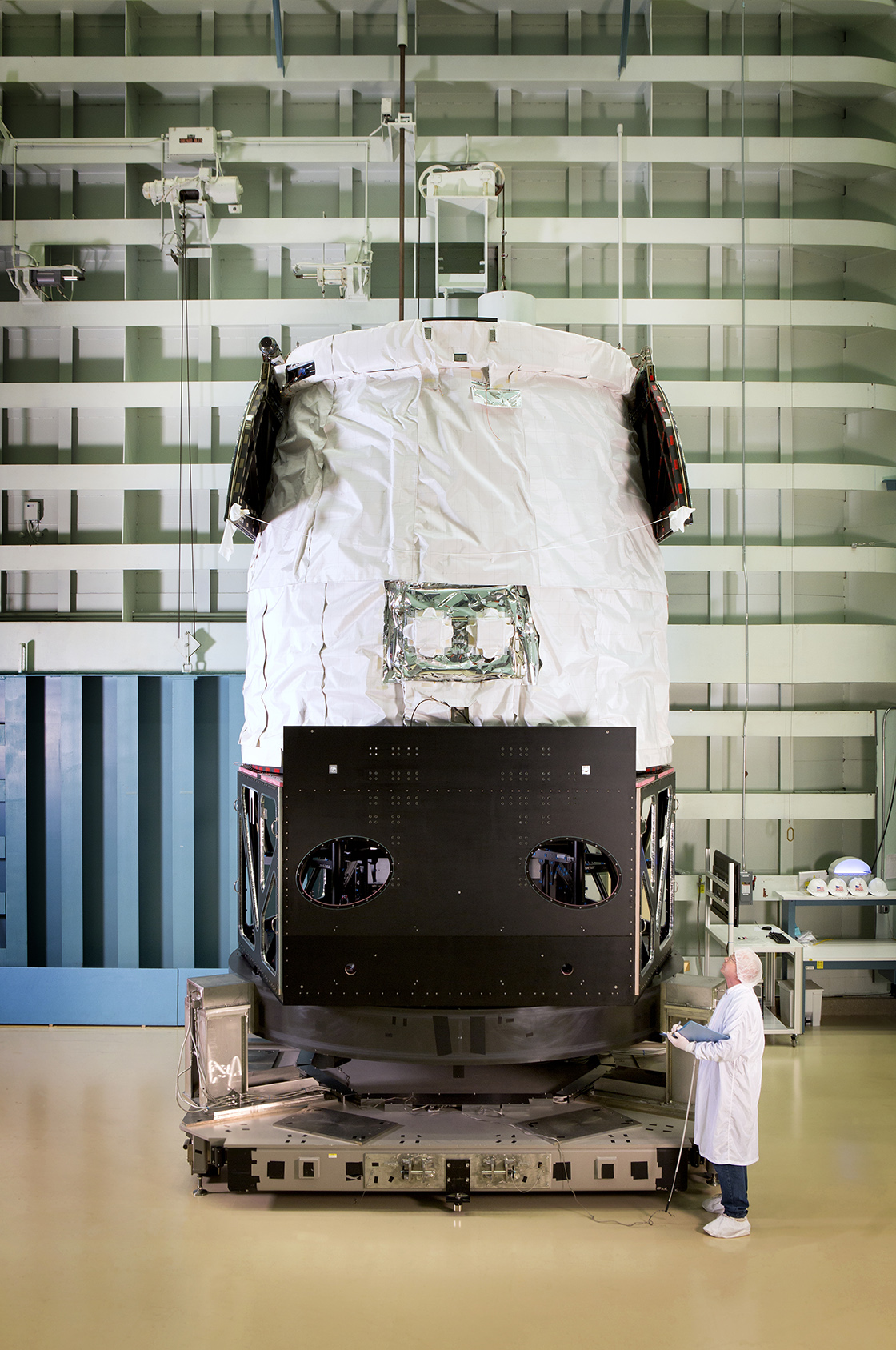
The Wide Field Infrared Survey Telescope (WFIRST) is a NASA observatory designed to unravel the secrets of Dark Energy and Dark Matter, search for and image exoplanets, and explore many topics in infrared astrophysics. WFIRST has a 2.4m telescope, the same size as Hubble’s, but with a view 100 times greater than Hubble’s. WFIRST was the top-ranked large space mission in the 2010 Decadal Survey of Astronomy and Astrophysics, and is slated to launch in the mid-2020s.
I was a consultant to NASA on the WFIRST-AFTA concept and was the led of the photometric redshift effort on the WFIRST cosmology Science Investigation team.
Frontier Fields and BUFFALO
Frontier Fields Public Page
Hubble Frontier Fields
Spitzer Frontier Fields
BUFFALO
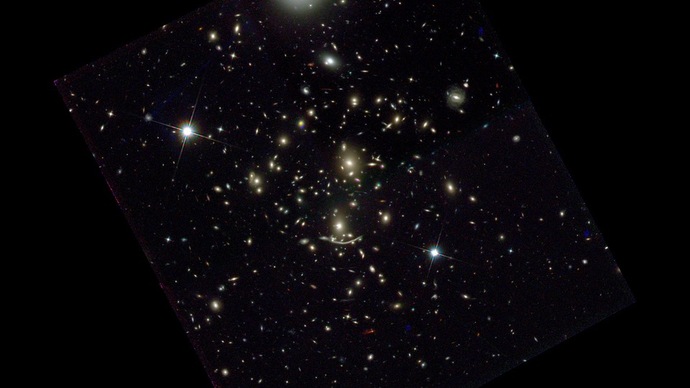
After considering valuable advice from the astronomical community and a broad range of open questions in galaxy evolution, an advisory committee unanimously recommended the Hubble and Spitzer space telescopes undertake a program of six deep fields centered on strong lensing galaxy clusters in parallel with six deep "blank fields". Spitzer data were essential for this program because they enabled measurements of physical parameters such as stellar mass and age and differentiate between high (z > 5) and low (z < 3) redshift galaxies with similar 0.3-2 micron colors.
I was appointed to the HST director’s committee that developed this project and led the Spitzer directors time observations for this project. With my postdoc Charles Steinhardt and collaborator Mathilde Jauzac we developed the follow-up BUFFALO project that maximizes the overlap between HST and Spitzer to enhance high-redshift science and enable detailed weak lensing studies of these clusters.
ALPINE
ALPINE Science Page
ALPINE Data Page

The ALPINE survey will measure the C+ and far-infrared (FIR) continuum emission for a representative sample of 122 main sequence star-forming galaxies spectroscopically confirmed at 4<z≲10 M☉/yr and stellar mass 9 ≲ log(M*)≲11. The proposed ALPINE data are crucial to understanding the gas and dust properties at a time of rapid galaxy maturation.
At the key epoch 4 < z < 6, the ALPINE will provide :
- The first comprehensive and precise (<20%) measurement of the star formation rate density (SFRD) at these epochs from UV+FIR continuum and C+ emission, allowing to constrain mechanisms which fuel the initial growth of typical galaxies in the early Universe.
- A first detailed characterization of the ISM properties using LFIR/LUV and C+/FIR diagnostics.
- A first measurement of dynamical masses from spectrally resolved C+, combined with stellar masses and statistical estimates of Dark Matter halo masses to measure dust content, gas fraction, and their evolution.
Beyond these immediate results, the ALPINE data will provide a lasting legacy in data-rich ECDFS and COSMOS areas. These data will pave the way for detailed follow-up observations, e.g., with ALMA at higher spatial resolution, and provide a reference sample for studies with future facilities like JWST.
I developed the original concept of targeting known UV bright high-redshift galaxies behind in my 2015 Nature paper and was a Co-PI on the proposal that obtained these data.
COSMOS
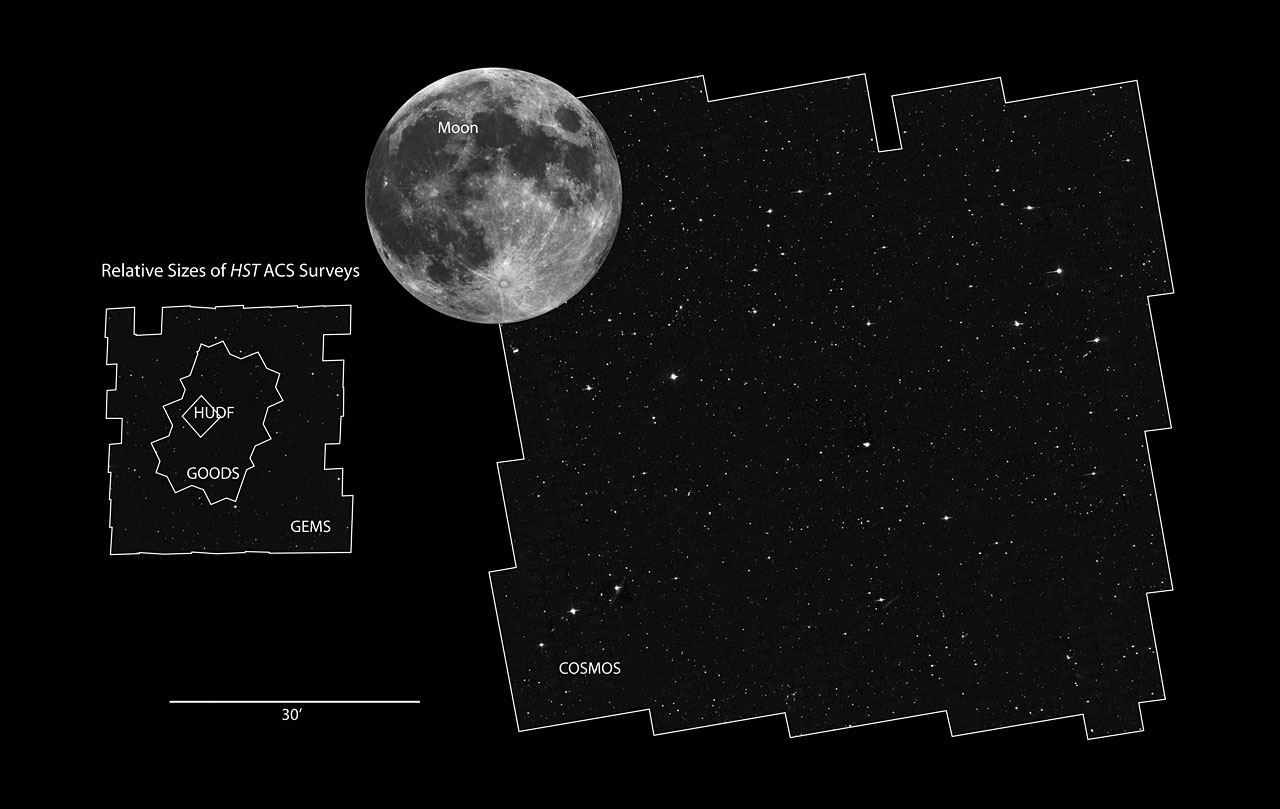
The Cosmic Evolution Survey (COSMOS) is an astronomical survey designed to probe the formation and evolution of galaxies as a function of both cosmic time (redshift) and the local galaxy environment. The survey covers a 2 square degree equatorial field with spectroscopy and X-ray to radio imaging by most of the major space-based telescopes and a number of large ground based telescopes. Over 2 million galaxies are detected, spanning 75% of the age of the Universe.
I led the original data collection and processing effort for the COSMOS project from 2004-2009 and the entire collaboration of over 200 scientists from 2010-2018. During my leadership the COSMOS team obtained some of the largest allocations ever granted on ground and space based observatories. I was proud to hand over leadership of the collaboration to Caitlin Casey, Jeyhan Kartaltepe, and Vernesa Smolcic in 2018.
VUDS
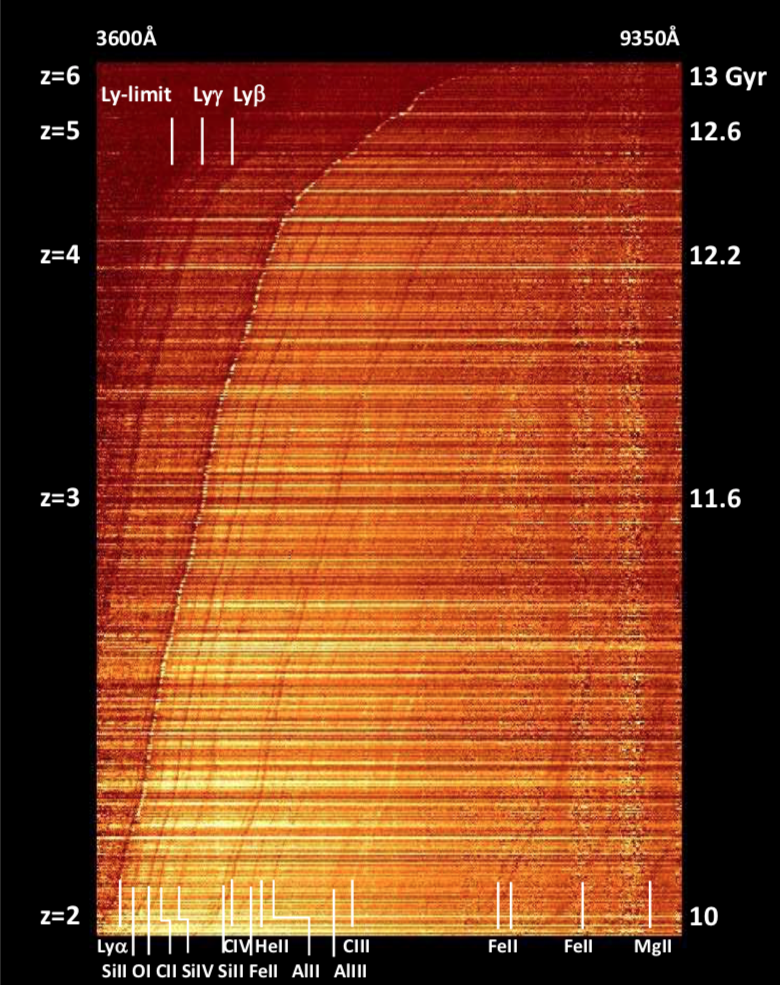
The VIMOS Ultra Deep Survey (VUDS) is a spectroscopic redshift survey of ~10,000 very faint galaxies to study the major phase of galaxy assembly 2 < z ≲ 6. The survey covers 1 deg2 in 3 separate fields: COSMOS, ECDFS and VVDS-02h, with targets selection based on an inclusive combination of photometric redshifts and color properties. Spectra covering 3650 < λ < 9350 Å are obtained with VIMOS on the ESO-VLT with integration times of 14h. The survey has a completeness in redshift measurement of 91%, or 74% for the most reliable measurements, down to iAB=25, and measurements are performed all the way down to iAB=27. The redshift distribution of the main sample peaks at z=3-4 and extends over a large redshift range mainly in 2 < z < 6. At 3 < z < 5, the galaxies cover a large range of luminosities -23 < MU < -20.5, stellar mass 109 M☉ < M* < 1011 M☉, and star formation rates 1 M☉/yr < SFR < 103 M☉/yr. With ~6,000 galaxies with reliable spectroscopic redshifts in 2 < z < 6 expected when complete, this survey is the largest at these redshifts and offers the opportunity for unprecedented studies of the star-forming galaxy population and its distribution in large scale structures during the major phase of galaxy assembly.
I developed the concept behind this work and showed it would work using DEIMOS on Keck, then used it to find large scale structures at high redshift. I was a senior Co-I on the proposal that obtained data for this project.
Spitzer Enhanced Imaging Products and Super Mosaics and SAFIRES
Spitzer Enhanced Imaging Products Page
SAFIRES Page
The Spitzer Enhanced Imaging Products (SEIP) and Super Mosaics and Spitzer Archival Far-infrared Extragalactic Survey (SAFIRES) were released as a set of science ready images for most of the data in the Spitzer Heritage Archive. These include Super Mosaics (combining data from multiple programs where appropriate) and a source list of photometry for compact sources. The primary requirement on the source list is very high reliability -- with areal coverage, completeness, and limiting depth being secondary considerations. The SEIP include data from the four channels of IRAC (3.6, 4.5, 5.8, 8 microns) and the 24 micron channel of MIPS. The full set of products for the Spitzer cryogenic mission includes around 42 million sources. Along with Harry Teplitz we then proposed for the SAFIRES project that processed the 70 and 160 micron MIPS data on extragalactic fields.
I led the team at the Spitzer Science Center and IRSA that developed a pipeline to autonomously process all Spitzer IRAC and MIPS imaging data taken during the cryogenic mission. I oversaw the system architecture, software development effort, and implementation of this system. I also oversaw the postdoc that developed the SAFIRES program.